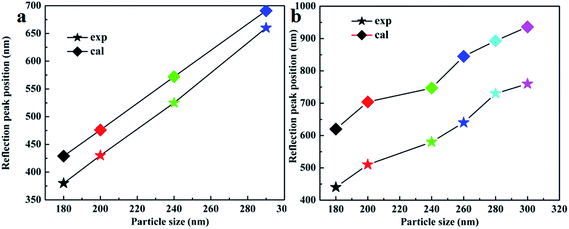

Z-scan is the most popular technique due to its simplicity and it allows the determination of the sign and the magnitude of nonlinear optical properties, such as nonlinear refractive index and nonlinear absorption in a single scan. Different techniques have been used to investigate the optical nonlinearities such as four-wave mixing, nonlinear interferometry, and z-scan. It has been suggested that, in the vicinity of the SPR absorption region, the nanoparticles exhibit a large value of optical nonlinearities. The optical properties of nanoparticles are strongly dependent on the particle size and shape anddielectric properties of thematrix.These properties have a vital role in developing optical devices and in the biomedical field. the incoming electromagnetic wave to enhance the local field, thus boosting the nonlinear optical properties of these materials. There are more atoms at the surface of the nanoparticles than the number of atoms inside, and thus this property gives rise to i.ĭegenerate fourwave mixing in colloidal gold as a function of particle size,” Nanoparticles have a large number of conduction electrons. Metallic nanoparticles form district energy levels, which are shown in the linear absorption spectra by a broad band absorption.This manifests as surface plasmon resonance, which does not exist in the case of bulk materials. As a result they are ideal candidates for many applications, including electronics and optoelectronic devices, and in medical applications such as diagnosis, drug delivery, and therapy. Introduction Metallic nanoparticles have attracted a huge interest because their physical and chemical properties are different from those of their bulks. A large value of third-order nonlinearities was obtained using the nanoparticles produced. The formation of nanoparticles was confirmed by UV-Vis absorption spectra and TEM.Mie theory was used to determine the particle sizes.The nonlinear refraction and absorption properties of the particles were measured using the z-scan technique. d and by employing green chemistry principles such as using curcumin as a reducing and a stabilizing agent. Saturable and reverse saturable absorption of Rhodamine B in methanol and water,”
Calculate refractive index of core shell nanoparticles software#
The particle size was determined using Image J 1.5 g software by calculating the diameter (.Īnalysis of silver nanoparticles produced by chemical reduction of silver salt solution,” It can be seen from the figure that Au nanoparticles are spherical in shape with smooth surface. The Transmission Electron Microscopy (TEM) image of the Au particles is shown in Figure 1(b). If the particle increases in size, the peak absorption will shift to longer wavelength (red shift) however, no such behavior was observed. No obvious shift in the absorption peak was observed. The stability of the nanoparticles was monitored by observing the position of the absorption peak over weeks. The sharp peaks indicate the formation of spherical nanoparticles. The spectra for Au and Ag nanoparticles are characterized by a broad band in the visible region with a surface SPR peak at 517 nm and 414 nm, respectively. The UV-Vis absorption spectrum for Au and Ag nanoparticles is shown in Figure 1(a). Shape-Controlled Synthesis and Surface Plasmonic Properties of Metallic Nanostructures. In this paper we report the nonlinear behavior of gold, silver, curcumin-gold, curcumin-silver, and silver-gold nanoparticles which were prepared by the chemical reduction method and green synthesis. Many reports have described the nonlinear properties and behavior demonstrated by nanoparticles and their dependence on sizes, shapes, and surrounding medium. the local field, thus boosting the nonlinear optical properties of these materials.


 0 kommentar(er)
0 kommentar(er)
